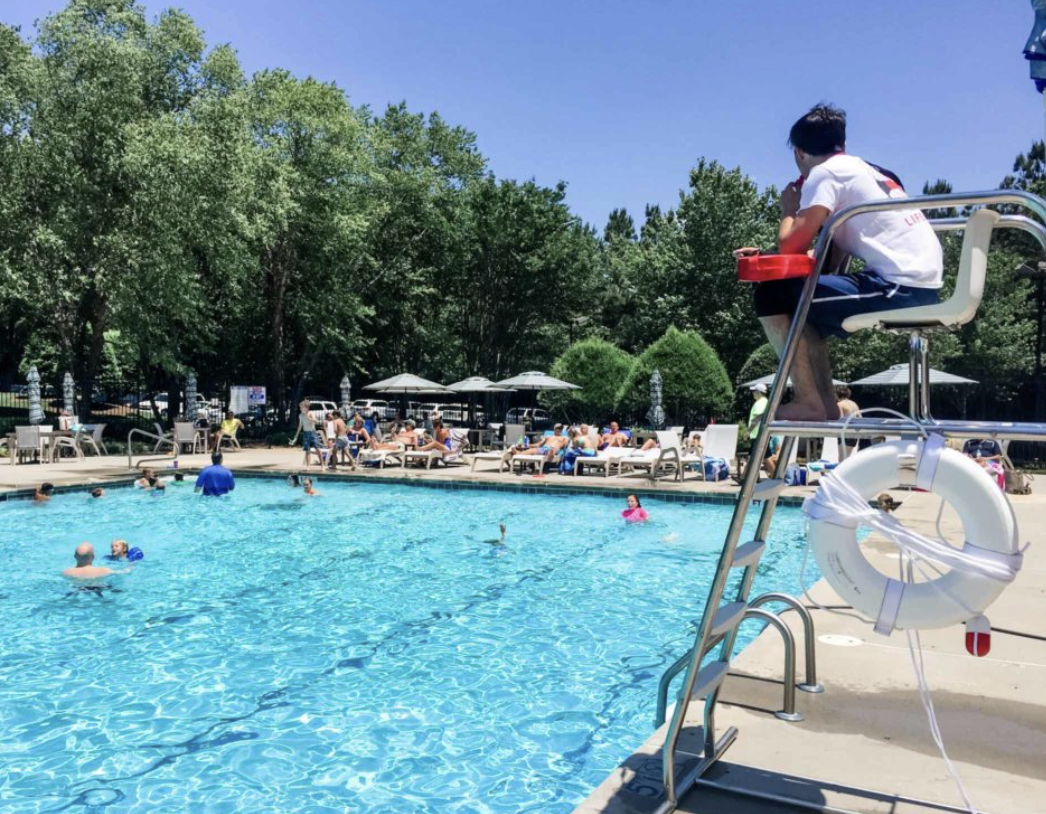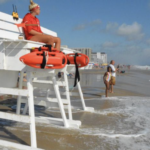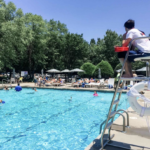Becoming a lifeguard is one of the most rewarding jobs anyone can have. Few professions combine leadership, teamwork, and public service so perfectly. Lifeguards protect lives, prevent accidents before they happen, and bring peace of mind to families and communities. The American Lifeguard Association (ALA) has long been the driving force behind this mission—helping thousands turn their love for the water into a meaningful, respected career.
For more than three decades, the American Lifeguard Association® has been defined as one of the best in aquatic safety and professional lifeguard education. Recognized by the U.S. Department of Labor and meeting the CDC’s Model Aquatic Health Code (MAHC), ALA Lifeguard Certification and Training programs are recognized nationwide. From pools and lakes to beaches and waterparks, ALA-trained guards stand watch in nearly every type of aquatic environment.
Whether you’re seeking your first certification or renewing existing credentials, ALA provides a pathway that’s affordable, flexible, and nationally recognized—with training that aligns fully with federal and public-health standards.
1. Modern, Blended Learning for Today’s Lifeguard
- Why is ALA training the best choice for today’s learners?
Because ALA was one of the first national organizations to adopt a blended learning format, combining interactive online lessons with in-person skills evaluation. This approach allows participants to start immediately, study at their own pace, and complete final evaluations locally.
The online portion—led by certified instructors through high-definition videos—covers water rescue techniques, CPR, AED, and First Aid. The hands-on evaluation, conducted by the employer to meet CDC MAHC pre-service requirements, ensures that every participant can confidently perform these skills in real-world conditions.
This flexibility makes ALA Lifeguard Certification and Training ideal for students, part-time workers, and professionals who need a convenient yet comprehensive program.
“Start Anytime, Train Anywhere” isn’t just a slogan—it’s a commitment that removes barriers to certification and ensures every community has access to qualified lifeguards.
2. National Recognition and Full Compliance
- Why is ALA Lifeguard Certification nationally recognized?
Because every ALA program meets or exceeds the standards outlined in the CDC’s Model Aquatic Health Code (MAHC), the most authoritative code for aquatic safety in the U.S. ALA’s alignment with national standards and recognition by the U.S. Department of Labor means your certification meets national requirements in all 50 states.
ALA’s credibility is strengthened through partnerships with the Swimming Pool & Spa Association (SPSA) and Global Lifeguards, both dedicated to improving aquatic health worldwide. Together they harmonize methods and promote international safety awareness.
Whether you work at a municipal pool in New York, a resort in Florida, or a beach in California, your ALA Lifeguard Certification and Training identifies you as a professional trained to national standards.
3. Affordable Training Backed by a National Grant
The ALA believes cost should never prevent someone from earning certification. That’s why it secured a national grant that reduces course fees by up to $100 per participant.
This initiative—combined with ALA’s Lowest Price Policy and 30-Day Money-Back Guarantee—makes ALA one of the most affordable certification providers in the country. Participants can enroll with confidence, knowing they are receiving nationally recognized training at the best possible rate.
Current pricing:
- First-Time Lifeguard Certification – $385~ now $285
- Shallow Water Lifeguarding – $385~ now $285
- Lifeguard Recertification – $285~ now $185
- Swimming Pool Operator Course – $250
Funds are limited—so register early to secure the discounted rate.
4. Building Leadership and Lifesaving Confidence
- What do you gain through ALA Lifeguard Certification and Training?
Far more than a credential. You gain leadership, judgment, and calm under pressure. ALA’s curriculum uses scenario-based learning and teamwork exercises to strengthen decision-making, communication, and cooperation with emergency responders.
These lessons build confidence—not only in the water but in life. Many ALA graduates become instructors, first responders, or aquatic supervisors who continue making an impact long after their lifeguard shifts end.
Being a lifeguard isn’t just a summer job—it’s a foundation for personal growth and lifelong service.
5. Advocacy for Lifeguards Nationwide
Beyond training, the American Lifeguard Association actively advocates for lifeguard rights—supporting national initiatives to raise wages, expand employer-paid training, and improve working conditions.
For example, after national discussions partly led by ALA, the City of Phoenix introduced a $3,000 sign-on bonus, and Los Angeles County increased hourly wages to $30. These milestones reflect ALA’s leadership in improving industry standards.
ALA also educates employers on proper staffing, heat-safety, and mental-health support. Through collaborations with the U.S. Department of Labor, OSHA, and state health agencies, ALA ensures that lifeguards are recognized as essential public-safety professionals—not seasonal labor.
6. Learn to Swim America — A Movement for the Next Generation
In partnership with Global Lifeguards, ALA founded Learn to Swim America, a 501(c)(3) nonprofit initiative focused on drowning prevention and youth water safety.
This program provides free resources—videos, flipbooks, and a 10-Step Parent Guide—helping families teach children to swim safely at home or in community pools. By turning trained lifeguards into “Swim Tutors,” ALA extends its mission beyond certification and into childhood education.
Learn to Swim America reflects ALA’s belief that lifeguard training and swimming education go hand in hand. The more children who learn to swim, the fewer emergencies occur—and that saves lives before danger ever begins.
7. A Legacy of Excellence and Service
With over 30 years of continuous service, ALA has trained and certified over 250,000 lifeguards who protect swimmers daily in pools, lakes, beaches, and waterparks across the nation.
Partnering with several 501(c)(3) nonprofit educational organizations, the American Lifeguard Association reinvests its resources into advanced training technology, community outreach, and international humanitarian initiatives. Each year, ALA contributes to disaster-relief programs, water-safety workshops, and partnerships with schools and recreation departments to promote aquatic safety and public-health awareness.
The Association’s leadership includes public-health experts, aquatic directors, and medical professionals who continually update the curriculum to reflect evolving science and best practices.
ALA’s enduring mission remains clear: to prevent drownings, promote safety, and provide accessible, high-quality training for everyone.
8. Join a Community That Saves Lives
Choosing ALA means joining a respected network of professionals dedicated to safety and service. It’s more than a certification—it’s membership in a nationwide movement to protect lives.
Whether you’re a student seeking your first summer job, a swim coach adding credentials, or a manager aiming to upgrade facility compliance, ALA Lifeguard Certification and Training provides the tools and support you need to succeed.
Lifeguards who train with ALA don’t just earn a card—they gain confidence, leadership skills, and a lifelong connection to a cause that truly matters.
In Closing
The American Lifeguard Association stands apart for its national recognition, flexible blended learning, affordability, advocacy, and community service. Its collaboration with Learn to Swim America, federal agencies, and local employers demonstrates a lasting commitment to saving lives both in and out of the water.








